What is Workplace or Corporate Wellness?
Workplace Wellness is defined as:
An organized employer-sponsored program that is designed to support employees (and sometime, their families) as they adopt and sustain behaviors that reduce health risks, improve quality of life, enhance personal effectiveness, and benefit the organization's bottom line. as defined by Leonard L. Berry, Ann M. Mirabito, and William B. Baum in What's the Hard Return on Employee Wellness Programs? Harvard Business Review. Dec. 2010 pp 1-9.
What is Health Promotion?
- The World Health Organization (WHO) defines health promotion as the process of enabling people to increase control over, and to improve, their health. It moves beyond a focus on individual behavior towards a wide range of social and environmental interventions.
- When providing wellness programming, health promotion defines the basic marketing and promotion of risk reduction health programs. These health programs are grounded in the disciplines of social marketing, health communication, business marketing and use of incentives that address consumer health "needs" and customer "wants".
Health promotion/wellness programs Defined
- Health promotion programs focus on those areas that can impact and individual's health. These include:
- Increasing health behaviors.
- Improving social and economic conditions.
- Improving physical environments.
- Providing clinical care.
- Example of programs include but are not limited to:
- Risk reduction.
- Nutrition and exercise.
- Stress management.
- Health coaching.
- Marketing.
- Communications.
- Incentives.
- Wellness however is based upon a holistic approach that requires individual transformation delivered through focusing on the 7 dimensions of wellness: Spiritual, Physical, Intellectual, Emotional, Career, Environmental and Social.
What is the Health Care Continuum Concept?
- Introduction to the Health Care Continuum Concept was started In 1970,.by John W. Travis, M.D., MPH. He envisioned the idea for the Illness-Wellness Continuum that placed "wellness" in a revolutionary new context and bridged health and human potential. This early health continuum model bridged the relationship between wellness, medically driven treatment models and high-level wellness.
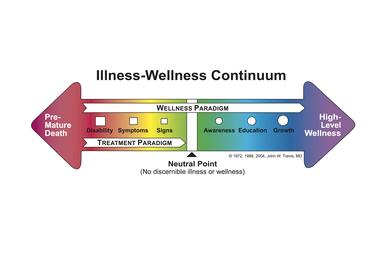
- Individuals moving from the center or neutral point to the left or treatment model moved to deteriorating states of health and finally premature death.
- Individuals moving to the right of center increased their levels of health and well-being through awareness, education and
wellness growth.
- One of the core concepts of the continuum was that the Treatment Paradigm could only take individuals back to the neutral
point, where the symptoms of disease have been alleviated. The Wellness Paradigm, which could be utilized at any point on
the continuum, moved individuals toward higher levels of wellness.
- In 2012, Eddington introduced a new Health Care Continuum Concept about which he stated: "Instead of aiming for a return to the status quo, a focus on positive health would move us beyond the status quo toward outcomes that exceed expectations. While risk reduction and health maintenance are noble, it is time to move the focus and efforts toward positive health potential through improved physical, mental and social capabilities.".
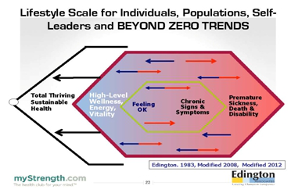
Who is the Benefit professional?
In larger organizations, the benefit professional works more closely with decision makers to keep the business afloat. They may be or work closely with the Corporate Financial Officer (CFO). They make benefits design based upon real time data analysis, e.g. data mining, in terms of benefit design to save money. In smaller businesses, the benefit design may be done by human resources or outsourced to a broker. See:
https://www.ifebp.org/
Benefit vs. Human Resource Professionals.
Benefits are different in that they use an actuary approach in using numbers to evaluate the likelihood of future events, and designing creative ways to reduce or manage undesirable events. Benefits role is to "keep the business afloat". Human resources usually implements benefit plans, hires and motivates employees to perform at their best by exchanging rewards for performance. See:
http://www.shrm.org/
What is Productivity ROI?
Productivity measurement may provide a better link than disease management to corporate America's bottom line. Example: The Integrated Benefits Institute (IBI) is a pioneer, leader and nonprofit supplier of health and productivity research, measurement and benchmarking. See:
http://www.ibiweb.org/
What is Value-based Health Care?
VBHC strives to remove barriers and align both financial and non-financial incentives and rewards for living healthy and productive lives by using prevention (population health), health enhancement strategies (internal policy, rewards and management support) and health care services (prevention and managed care).
Value-based Insurance Design
V-BID is an innovative approach that can improve clinical outcomes and contain costs. The basic premise of V-BID is to align consumer incentives with value by reducing barriers to high-value health services and providers ("carrots" or intrinsic motivation) and discouraging the use of low-value health services and providers ("sticks" or extrinsic motivation). When "carrots" are coupled with "sticks" in a clinically nuanced manner, V-BID improves health care quality and controls spending growth.
The concept of clinical nuance recognizes that:
- Medical services differ in the benefits provided.
- The clinical benefit derived from a specific service depends on the patient using it, as well as when and where the service is provided. See:
http://vbidcenter.org/
What is a Wellness Benefit Manager?
This new role combines skill sets of the benefit specialist and the wellness professional with the purpose integration of wellness into benefit design and of enhancing communication. See:
Abbott Solutions
Back
Next
 Worksite Wellness, Wellness Programs - Packaged Deals Can Be Messy!
Worksite Wellness, Wellness Programs - Packaged Deals Can Be Messy!


 What Do We Do?
What Do We Do? We have one clear objective
We have one clear objective
 We put an expert on your wellness management team!
We put an expert on your wellness management team! Strategic and Comprehensive
Strategic and Comprehensive
 Who Do We Work With on Your Team?
Who Do We Work With on Your Team? ...Even the grumpy one's!
...Even the grumpy one's! How Do We Do This?
How Do We Do This?
 How Will You Know When We Get There?
How Will You Know When We Get There?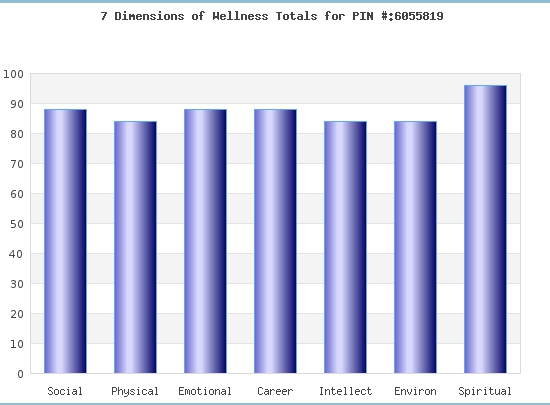
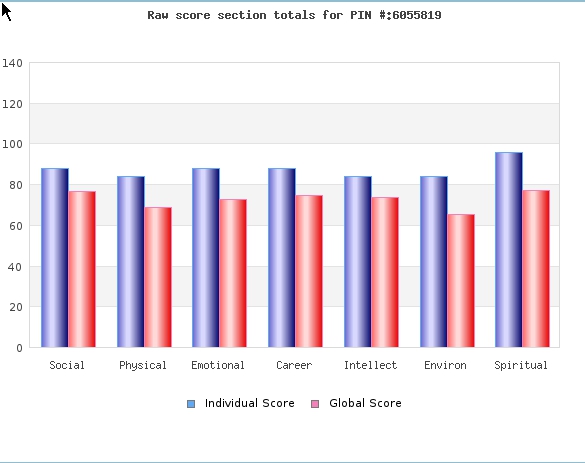 Individual Percentiles Compared with Group
Individual Percentiles Compared with Group
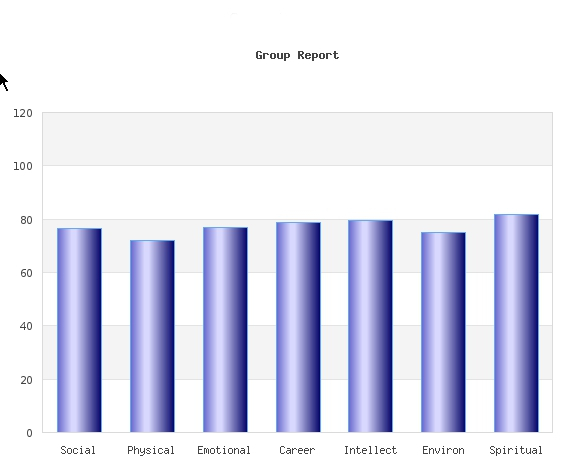 Group vs Group Scores
Group vs Group Scores 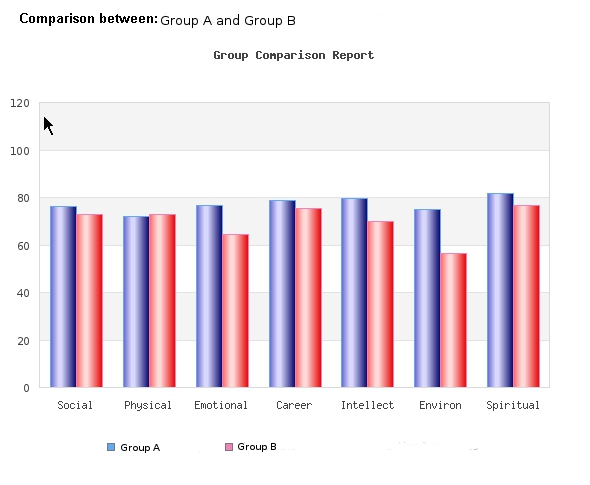 Group vs All Scores
Group vs All Scores 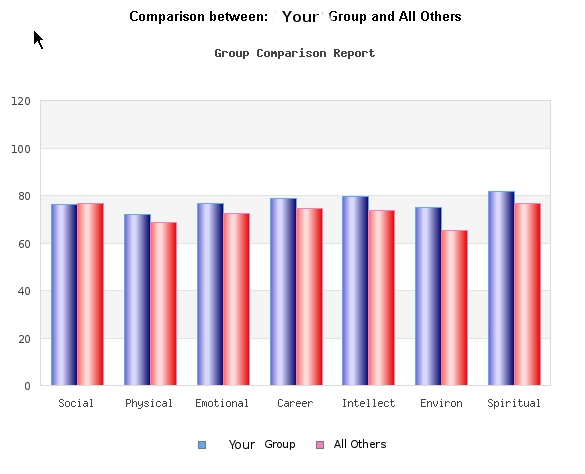 Work Category Breakdown
Work Category Breakdown  Individual vs Group
Individual vs Group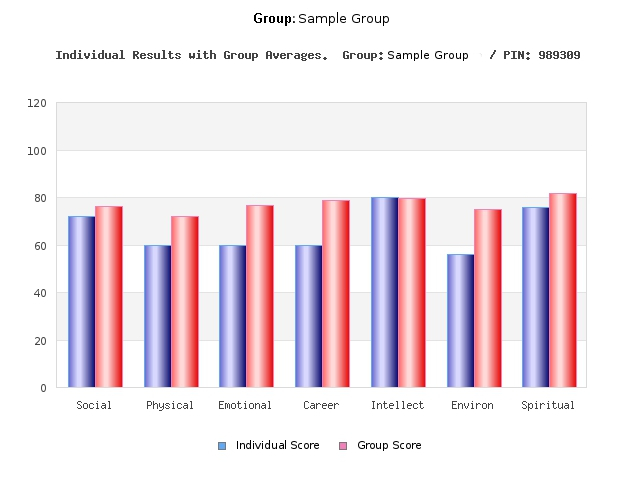 Individual Percentile Scores vs Group
Individual Percentile Scores vs Group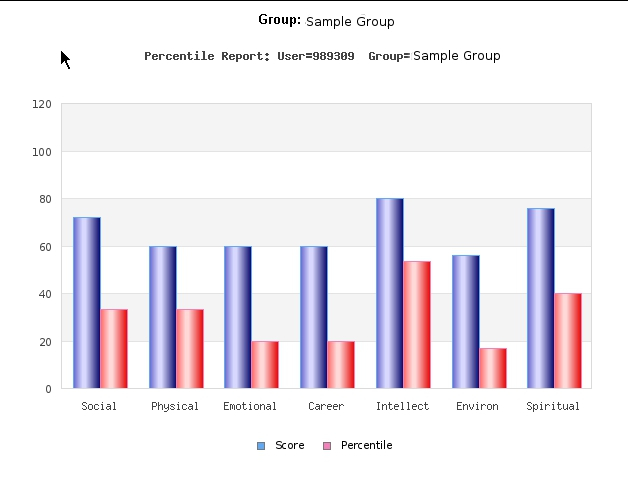 Individual Percentile Scores vs All
Individual Percentile Scores vs All
